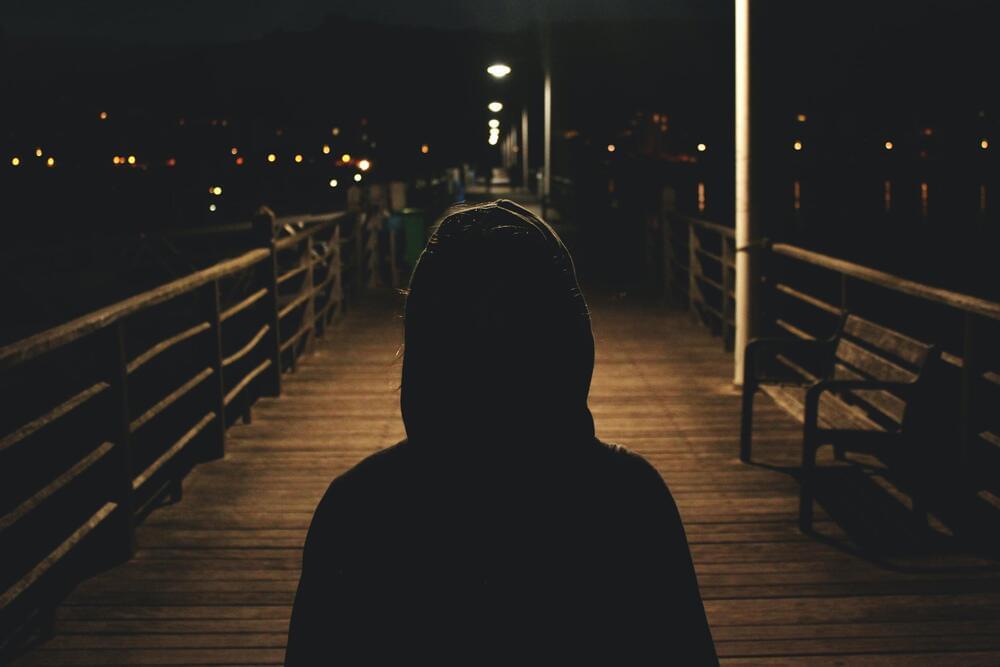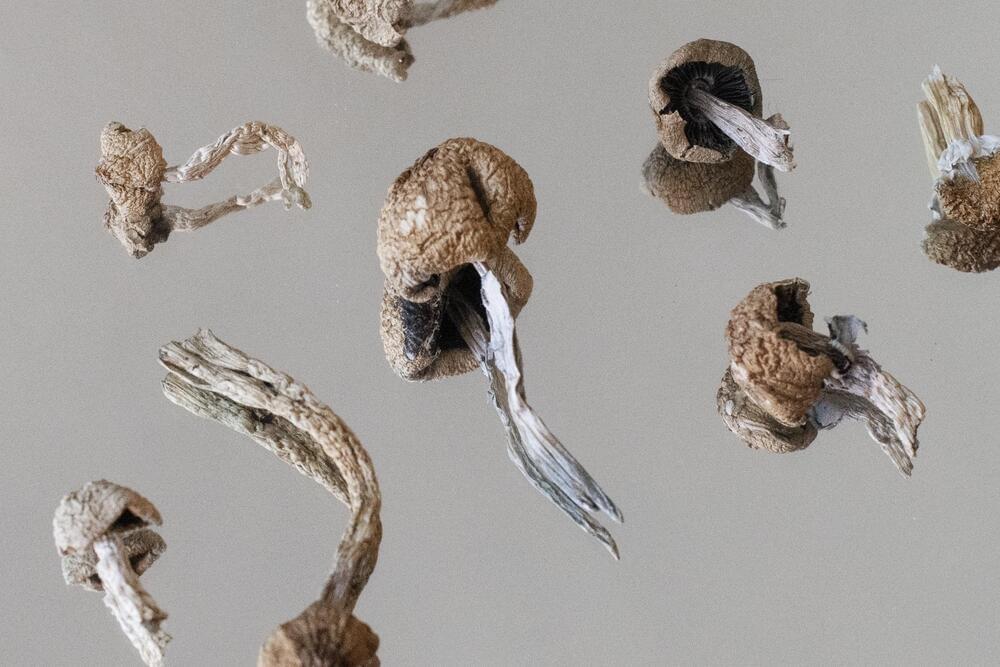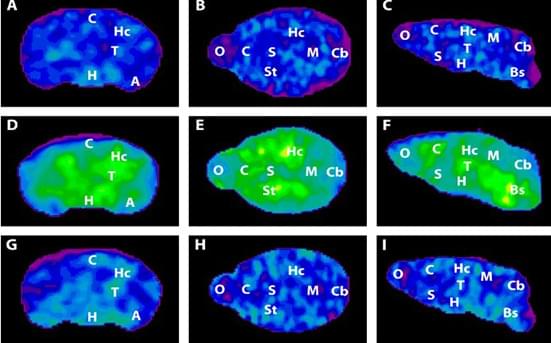Category: neuroscience – Page 695

Night owls show enhanced fear acquisition, which may increase the risk of developing anxiety
A new study shows that the higher vulnerability of evening chronotype individuals (individuals with the propensity to be more productive at night or at dawn) to anxiety and related disorders may be mediated by altered emotional learning.
Chronotypes are our circadian preference profiles; that is, they refer to the differences in performance that each person has in relation to the periods of sleep and wakefulness throughout the 24 hours of the day. We can be morning types if we prefer to wake up early and we have good performance in activities that start in the morning; evening types if we are more productive at night or at dawn, and prefer to stay up later); or intermediate if we easily adapt to morning and evening schedules.
Circadian rhythms have been increasingly studied because they can help to understand the onset of mental disorders such as anxiety and post-traumatic stress disorder (PTSD). In this vein, researchers Chiara Lucifora, Giorgio M. Grasso, Michael A. Nitsche, Giovanni D’Italia, Mauro Sortino, Mohammad A. Salehinejad, Alessandra Falzone, Alessio Avenanti and Carmelo M. Vicario consulted the classic Pavlovian paradigm of fear conditioning to study the neurocognitive basis of the association between chronotype and fear responses in healthy humans.

Colorado becomes second state to legalize “magic mushrooms”
“Colorado voters saw the benefit of regulated access to natural medicines, including psilocybin, so people with PTSD, terminal illness, depression, anxiety and other mental health issues can heal,” co-proponents, Kevin Matthews and Veronica Lightening Horse Perez said in emailed statement Wednesday evening.”
Ten years after legalizing the use and sale of marijuana, Colorado became only the second state in the U.S. to legalize the use of psilocybin mushrooms.
The ballot measure, Proposition 122, squeaked across the finish line as ballots were tallied the day after Election Day, receiving 51% of the vote.
Proponents called it a “truly historic moment.”

Monoclonal Antibodies Preserve Stem Cells in Mouse Brains
Summary: Using monoclonal antibodies instead of conventional immunosuppressant drugs preserves stem cells in mouse brains.
Source: University of Michigan.
A new approach to stem cell therapy that uses antibodies instead of traditional immunosuppressant drugs robustly preserves cells in mouse brains and has potential to fast-track trials in humans, a Michigan Medicine study suggests.

The most detailed map ever made of the brain’s memory center has been created
It holds an enigmatic result regarding connectivity between the hippocampus and other parts of the brain.
Researchers have created the most detailed map ever made of the human brain — specifically the communication links between the hippocampus. This part of the brain is the section that controls memory, particularly long-term and short-term memory, along with spatial memory, a type of memory that allows for the recollection of location. The research team consisted of scientists from the University of Sydney’s Brain and Mind Center in Australia.
“What we’ve created is a highly detailed map of white matter pathways connecting the hippocampus with the rest of the brain. It’s essentially a roadmap of brain regions that directly connect with the hippocampus and support its important role in memory formation,” said Dr. Marshall Dalton, a research fellow in the School of Psychology at the University of Sydney.

Weird magic neurons in the spine can make people with paralysis walk again
All they need is electrical stimulation, and once activated, they re-establish the lost connection between different regions of the spinal cord.
Imagine you are stuck inside a room, you want to get out, but your body is not moving. No matter how hard you try, you are unable to move your body parts. You are not even able to move your finger, how would you feel? Well, that’s what chronic paralysis feels like.
Unfortunately, there is no known permanent cure for this neurological disorder, and this is what makes the situation worse. The physical and mental struggle that a patient with chronic paralysis goes through is unimaginable.
Ozgu Arslan/iStock.
However, a team of international researchers has recently made nine patients with severe spinal cord injuries (SCIs) walk again. They claim to have identified neurons that can restore mobility in patients with SCI. This new and interesting development raises great hopes for people suffering from chronic paralysis.



